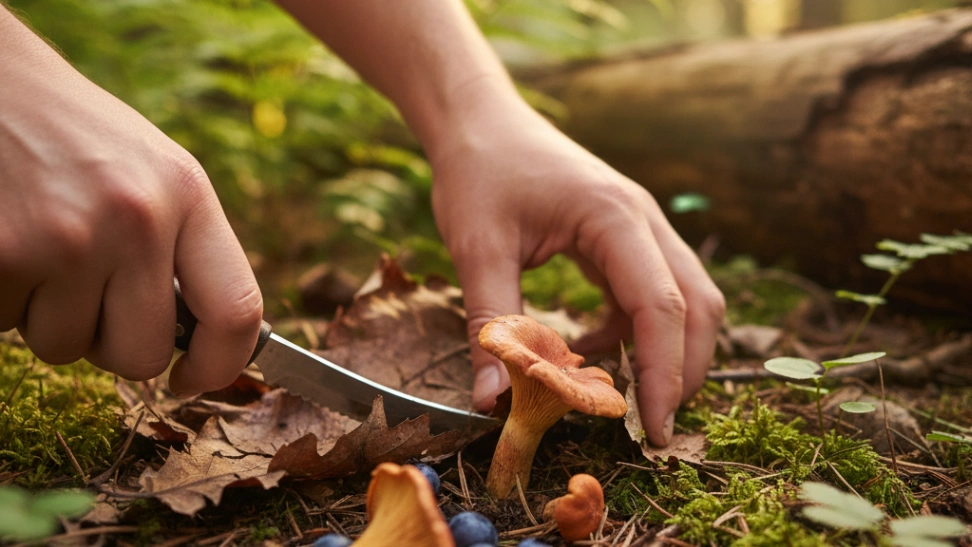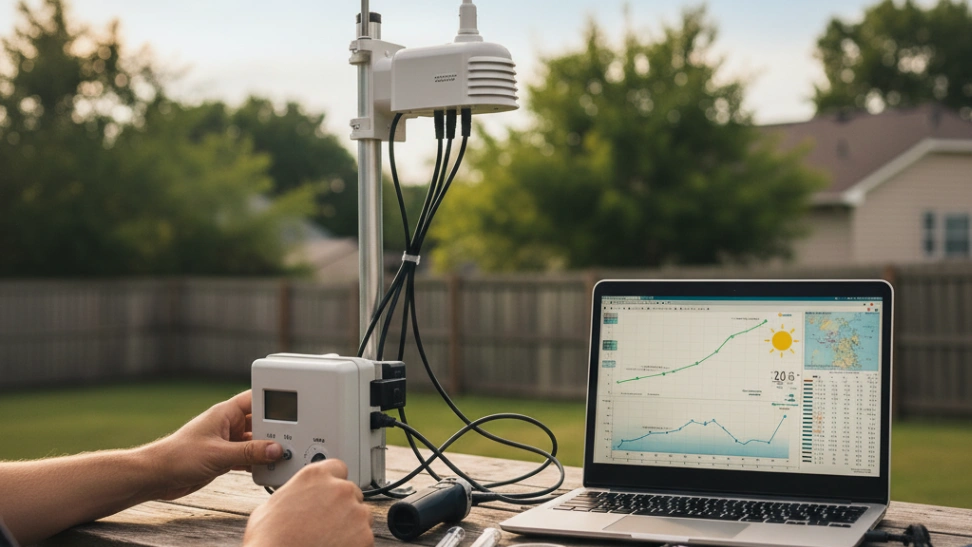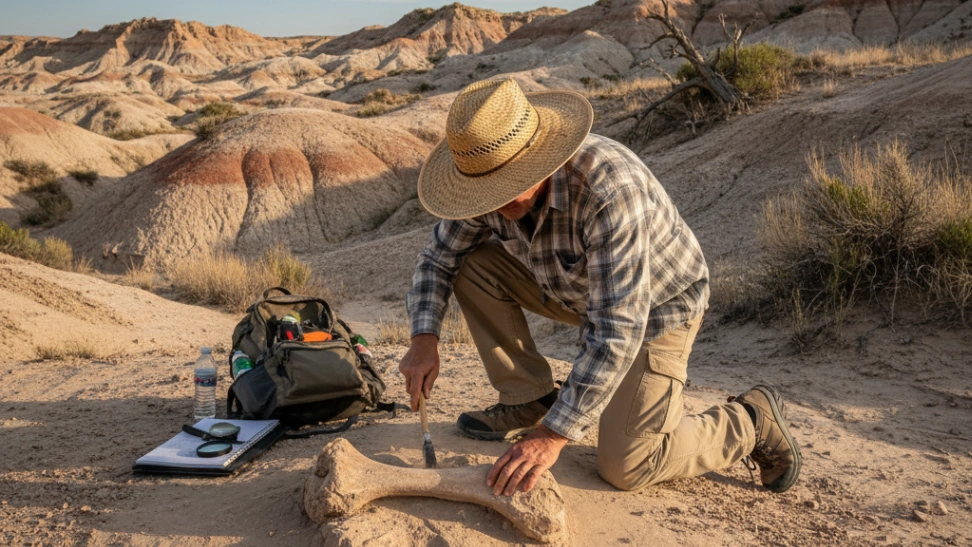The practice of foraging is as old as humanity itself, representing the foundational method of sustenance for our species. Before the advent of agriculture approximately 12,000 years ago, all human societies were hunter-gatherers, relying entirely on the wild resources their environment offered for survival. Our ancestors developed intricate and sophisticated knowledge of their local flora and fauna, meticulously understanding which plants were edible, which possessed medicinal properties, and which were dangerously poisonous. They also gained profound insights into seasonal cycles, optimal harvesting times, and sustainable practices to ensure the continuous availability of resources. This invaluable indigenous knowledge was meticulously passed down through generations, forming the bedrock of human survival, cultural identity, and spiritual connection to the land. While modern industrial societies largely depend on cultivated food systems and global supply chains, the inherent instinct and invaluable knowledge of foraging never entirely disappeared. Traditional and indigenous cultures globally continue to practice it as a vital part of their heritage and diet. In recent centuries, particularly in Western cultures, it has seen a notable resurgence, first often out of necessity during periods of scarcity or economic hardship, and more recently evolving into a cherished recreational pursuit, an educational endeavor, and a highly respected culinary art form. The deep historical roots and primal connection to our past infuse the act of foraging with a profound and meaningful resonance.
Embarking on a successful and safe foraging journey typically begins with a significant investment in education and accurate identification skills. Aspiring foragers must first learn to meticulously identify local edible species, a critical step to distinguish them from potentially toxic or deadly look-alikes. This foundational knowledge often involves diligent study of comprehensive field guides specific to one's region, participating in structured workshops led by expert foragers, or ideally, learning directly from experienced mentors who can provide hands-on guidance. Armed with this essential knowledge, the next exciting step is venturing out into suitable natural environments – which can range from lush forests and open fields to coastal areas, riverbanks, or even overlooked urban green spaces – equipped with appropriate tools such as a sturdy basket or cloth bag for collecting, a small, sharp knife for clean harvesting, and a notebook for documenting finds and observations. The actual process of foraging is one of careful observation, quiet contemplation, and respectful harvesting practices. Understanding and adhering to principles of ecological sustainability is paramount, ensuring that resources are not over-harvested, plant populations remain healthy, and the delicate balance of ecosystems is preserved for future generations. It's a deeply meditative and unhurried activity, intrinsically encouraging mindfulness, patience, and a heightened sense of awareness as one scans the environment for hidden natural treasures.
The numerous benefits of engaging in foraging extend far beyond the tangible reward of acquiring free, fresh, and often organically grown food. It provides an unparalleled opportunity to comprehensively exercise both mind and body, demanding keen observation, critical thinking, problem-solving, and moderate physical activity like walking, bending, and kneeling. Many foragers report significant enhancements in their connection to nature, a noticeable reduction in stress levels, and a broader, more nuanced understanding of local biodiversity and ecological interdependencies. From a culinary perspective, the appeal is immense, allowing enthusiasts to experiment with truly unique flavors, textures, and ingredients that are typically unavailable in conventional grocery stores, inspiring creative cooking and a deeper appreciation for seasonal eating. However, it is crucial to acknowledge that foraging comes with its own set of significant challenges and inherent risks. The most critical is the potential for misidentification, which can lead to severe gastrointestinal distress, serious illness, or even fatality, unequivocally emphasizing the absolute necessity of accurate knowledge, double-checking every identification, and exercising extreme caution. Additionally, foragers must develop a strong understanding and respect for land ownership rights and conservation laws, meaning they need to research and understand local regulations regarding harvesting on public lands and always seek explicit permission before foraging on private properties. Other factors, such as seasonal availability, fluctuating environmental conditions, and potential contamination from pollution or pesticides, can also impact foraging success and safety.
While foraging can often be a deeply personal and solitary activity, it also thrives within vibrant and supportive communities. Online forums, dedicated social media groups, local foraging clubs, and organized workshops provide invaluable platforms for sharing accumulated knowledge, assisting with identification of ambiguous finds, and organizing communal harvests or educational excursions. These communities are particularly invaluable for beginners, offering mentorship, a sense of belonging, and a safe space to learn from the collective experiences of others, fostering confidence and skill development. As foragers gain experience and confidence, they frequently develop a deeper, more specialized understanding of specific scientific disciplines like mycology (the scientific study of fungi) or botany (the scientific study of plants), leading to more focused interests. Many progress from merely identifying common edibles to seeking out rarer or more challenging finds, or even delving into the art of processing and preserving their harvests in creative and delicious ways, from making wild berry jams and potent herbal tinctures to fermenting foraged greens and crafting unique wild ingredient dishes. The learning journey in foraging is continuous and immensely rewarding, ensuring it remains an endlessly engaging, evolving, and deeply enriching hobby.



